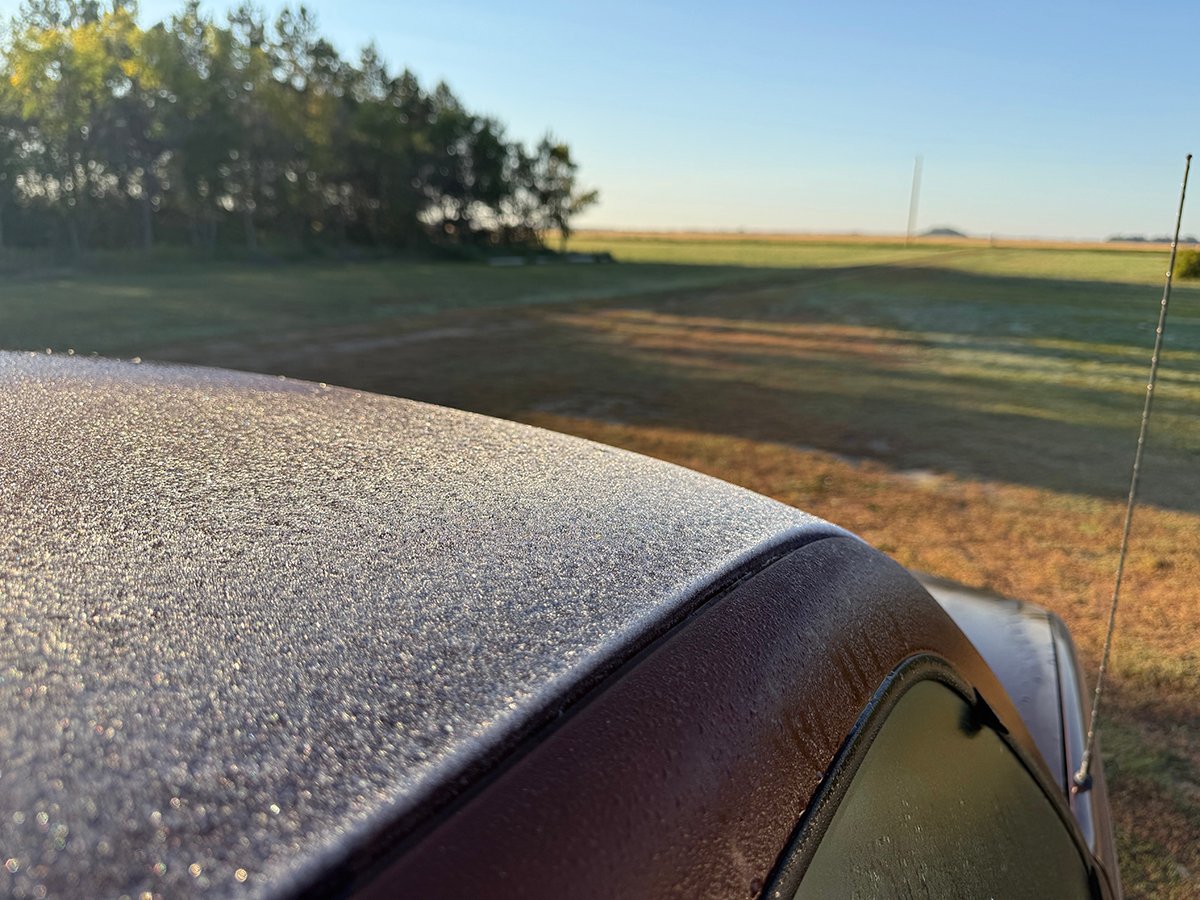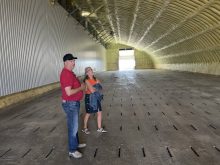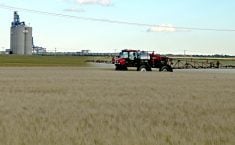Creating an inventory of existing on-farm food safety procedures to share with consumers, producers and industry is the goal of researcher Sarah Parker.
The veterinarian at the Western College of Veterinary Medicine is the college’s research chair of on-farm food safety, an initiative funded by Saskatchewan Agriculture.
“There is no such thing as no risk.That’s the hardest part to communicate,” she said.
Parker hopes to take the inventory and add scientific data to create a format that is easily understood by everyone.
Read Also

Frost-free season lengthens this year
Saskatoon, Edmonton, and Dauphin saw their frost-free season range from 131 to 135 days, which is about 15 to 20 days longer than average.
“Our producers are already doing a number of things and it’s worth communicating that to the public,” she said, citing benefits for local, national and international trade.
Examples of what’s already in place include the suppression of disease in Canada’s cold climate, Hazard Analysis Critical Control Points (HACCP) initiatives that focus on food safety, checks for antibiotic residues and government surveillance programs and disease testing.
She said more awareness of these measures could help relieve safety concerns.
“We have to be transparent in areas that consumers care about,” said Parker.
She hoped that by learning what food safety procedures are in place, future efforts can be targeted at areas that need improvements. That could range from better public education of food handling and cooking to better management of control points at processing and slaughter plants.
In addition to collecting data, Parker wants to create a cost-benefit analysis and priority list that can measure risks and assess the advantages of implementing new procedures.
“We have to balance where we spend the money,” she said.
Parker said the pork industry is further along in food safety than many other sectors, noting how slaughter plants require quality assurance programs like HACCP be in place at the supplier barns.
The same is likely on the horizon for beef, she said, citing bar codes in European stores that show where a pot roast originated.
Parker said it’s important any new procedures that could add cost for the producer be justified and that the farmer be compensated for implementing them.
“If public health agencies have an interest in asking producers to take certain steps, then it should be based on science,” said Parker. “There’s no point in asking them if it doesn’t make a difference.”
She does not see an endpoint for such research, saying, “the consumer is not going to become less interested in food safety.”
















